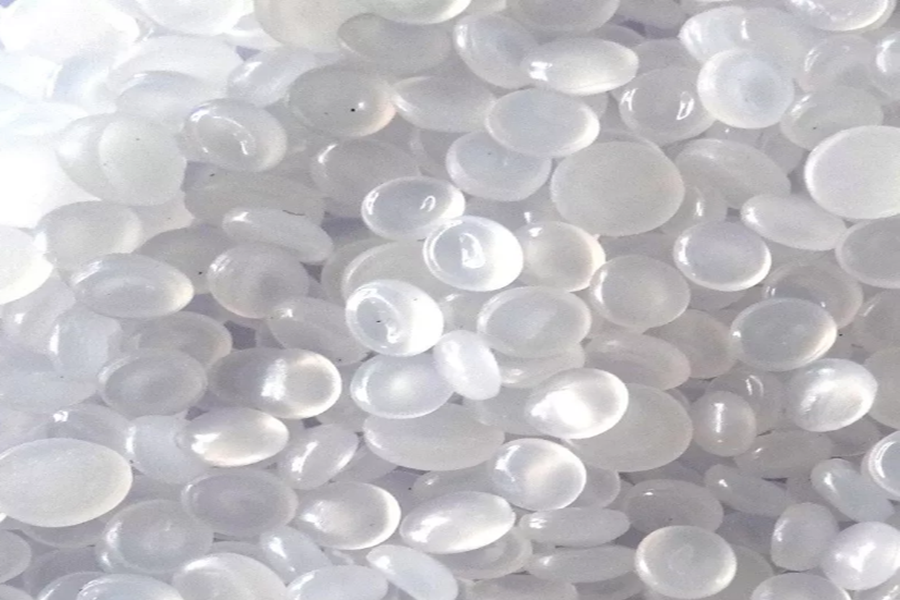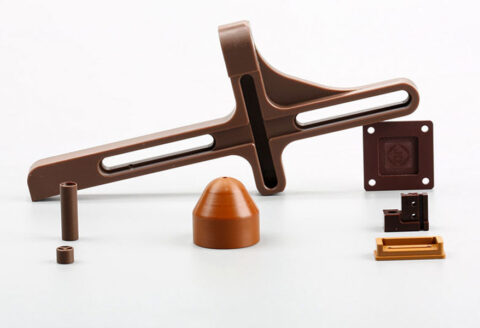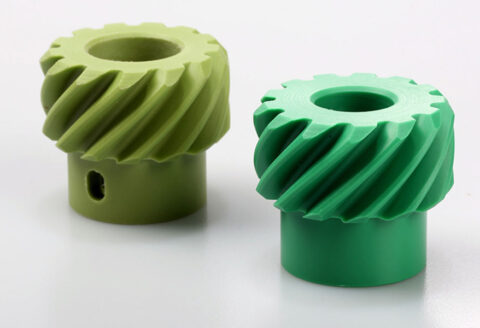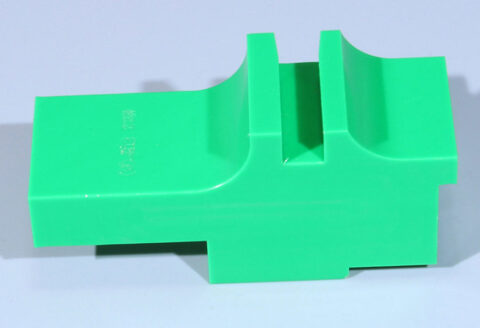1. Process classification:
Molded foaming: primary foaming (large mold, small mold), secondary foaming
Injection foaming: MD, slippers
Continuous foaming: EPE
Extrusion foam: board
2. EVA foaming basic formula:
EVA/LDPE foaming agent bridging agent zinc oxide pigment filler lubricant special functional additives
Main ingredients:
LDPE: can make foam products with larger magnification, harder without resilience, mainly used for foam insulation, slippers, bags, etc.
EPDM: Increase flexibility
Natural rubber: increase anti-slip performance
3. Blowing agent
Existing high, medium and low temperature
High temperature: good magnification, but has an impact on the color of the product
Medium temperature: for injection and small molds
Low temperature: for MD and products with color requirements
4. Crosslinking agent
DCP: versatility, low price, but tasteful
BIPB: known as odorless bridging agent, the advantage is that it can reduce the irritation of foamed products
TAIC: Auxiliary cross-linking agent, which can effectively help improve the speed and effect of cross-linking
5. Zinc oxide
Classification: Grade A, Active, Zinc Carbonate
Grade A: High content of advantages, good product properties; but high price and heavy metal content of cnc plastic parts may exceed the standard
Activity: low content, low price but low heavy metals
6. Zinc carbonate: low content, small particles, fast foaming, suitable for making relatively low-end products
7. Pigment
Color masterbatch: good dispersibility, positive color
Toner: low price, poor dispersion, polluted working environment
Colored sand: better dispersion and less pollution
8. Lubricant
Lubricant: stearic acid, EBS
Function: Facilitate the operation of processing such as turbine
Increase the fluidity of the rubber
Products have better density and feel
9. Functional additives
Anti-wear agent: increase wear resistance
Anti-slip agent: prevent slipping under low friction conditions
Flame retardant: improve the fire prevention effect of the product, which is mainly distinguished by oxygen index
Antibacterial agents: improve the antibacterial requirements of products,
Antistatic or conductive: mainly electronic products
Generally speaking, there are three processes for EVA foaming, injection, traditional large foaming and small in-mold foaming.
1. Injection
This kind of technology is relatively advanced, and it only needs one process to make the product. It requires high mold precision and will be the mainstream in the future. Its principle is similar to injection molding in the plastics industry. The difference is that the injection molding is to open the mold immediately, and the mold temperature is different, that is, the EVA injection process only adjusts the mold temperature and mold opening time of the plastic injection molding. Most companies now make sports shoes using this method.
2. Small foam in the mold
Mainly used for shoe materials. The first foaming of the second midsole of sports shoes is to pelletize the prepared material (7470M) and weigh it into the opened mold. The foaming is the general appearance of the shoe. . The difficulty is the symmetry of the mold and the formula, and the magnification and hardness need to be controlled at the same time. The foaming conditions of this process are more flexible, depending on the shape and structure of the product. Of course, it is mainly the change of time, and the temperature change is not large.
The second molding is to grind off the skin of the previously foamed rough embryo, press it into the finished mold, and pass through two steps of heating and cooling, then machining uhmw plastic molding. The heating temperature is 125-135 degrees Celsius, and the pressure is 50 kg/cm². After heating for a certain period of time, it will be water-cooled, and it will be a secondary midsole. The size of the compressed bottom is relatively stable, and the physical properties are relatively better.
3. Traditional flat foam
At present, most domestic plastic machining factories adopt this process, and the equipment cost is relatively low. This kind of process is made of plates, which also need to be made into products through processes such as punching and edging. The foaming conditions are relatively fixed, the time is determined by the thickness of the mold, generally 90-110 seconds/MM, the temperature is between 160-170, and the pressure is 150KG/square CM.



